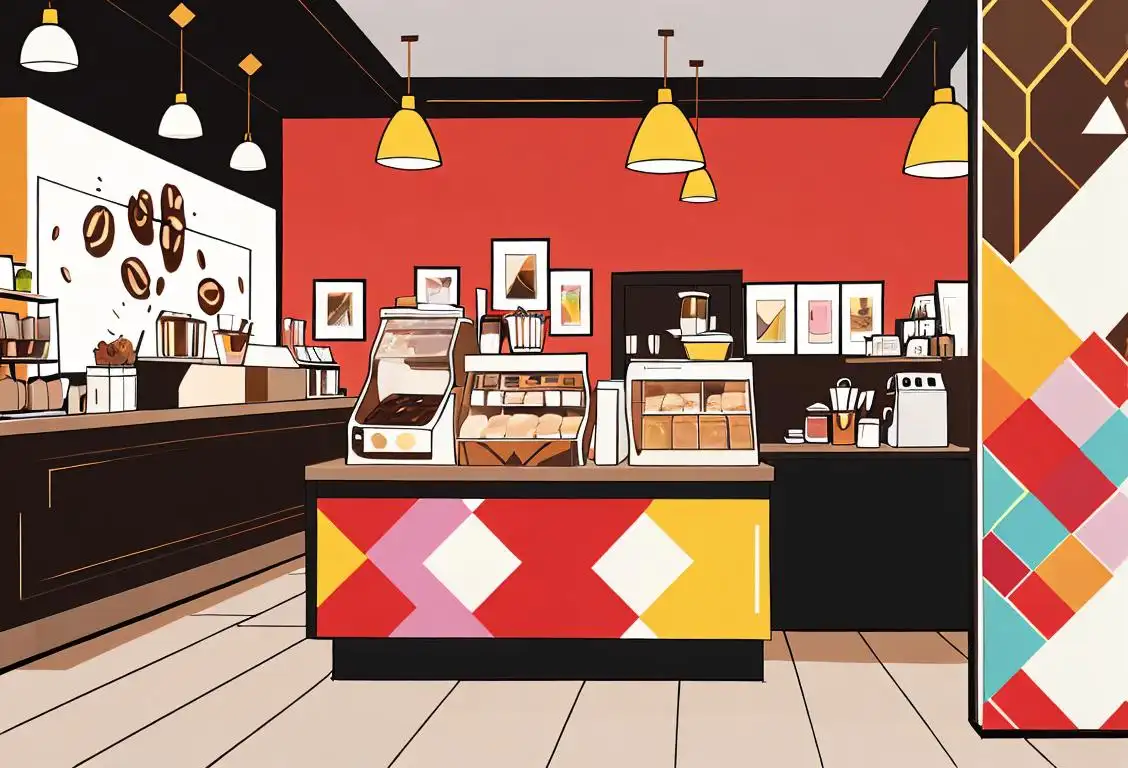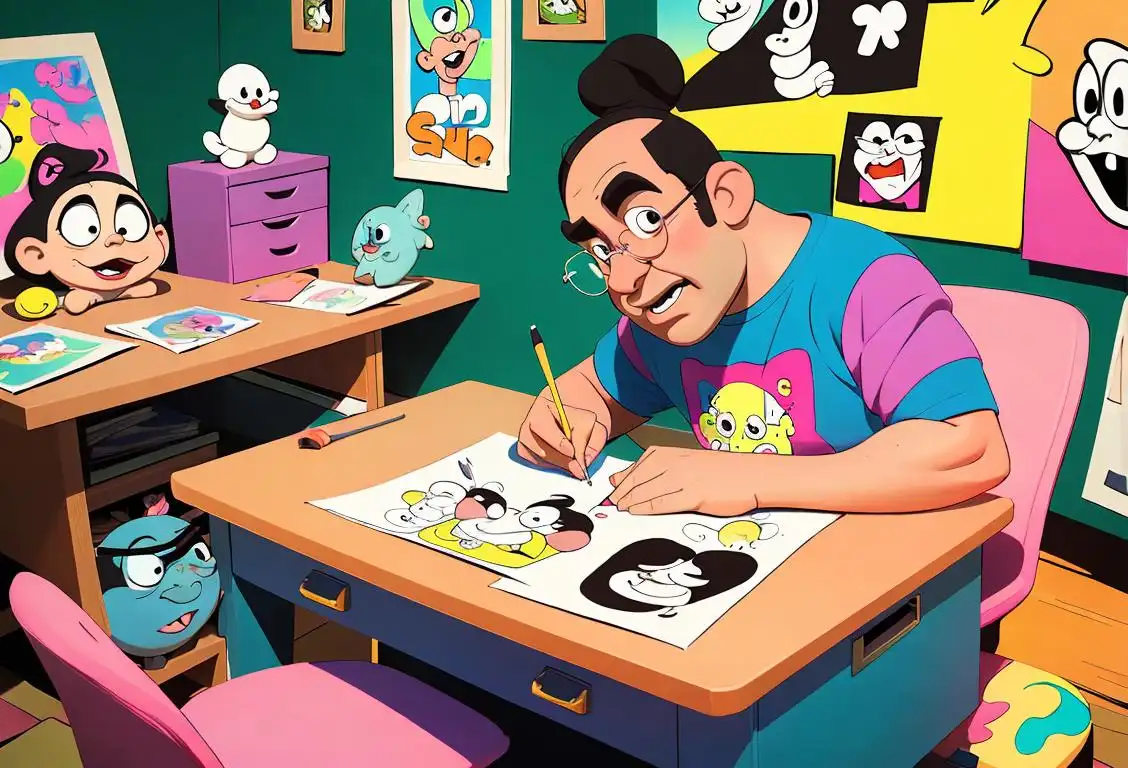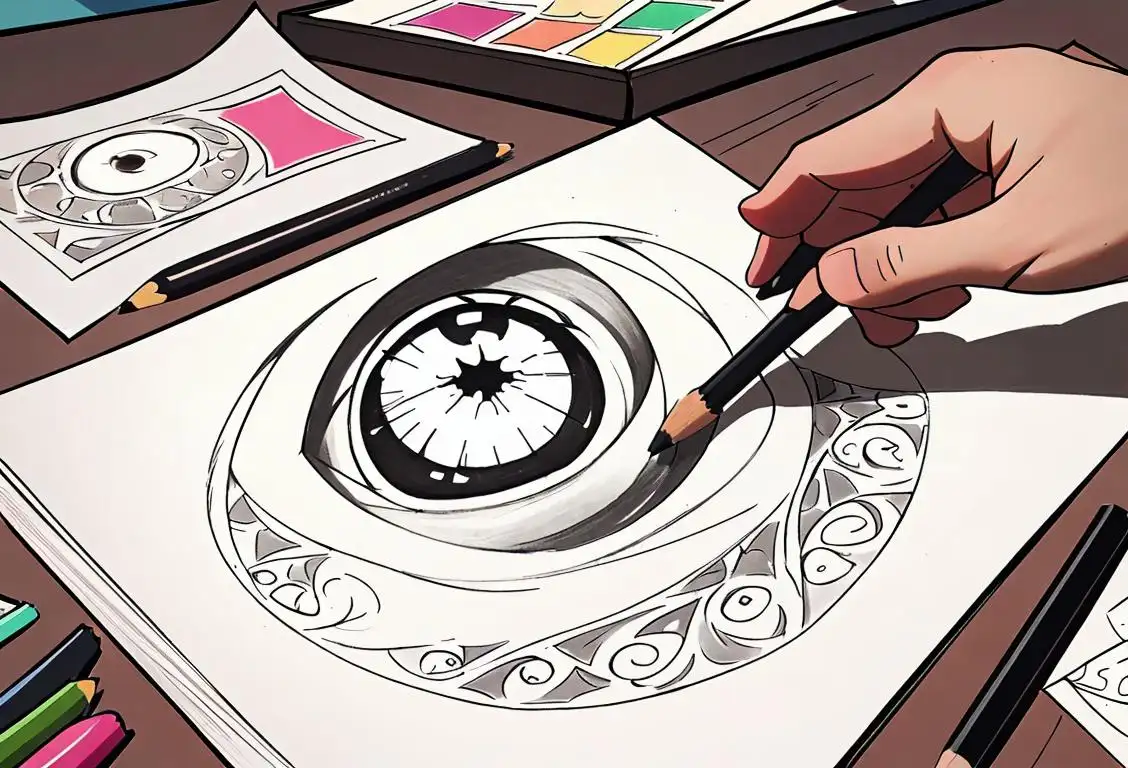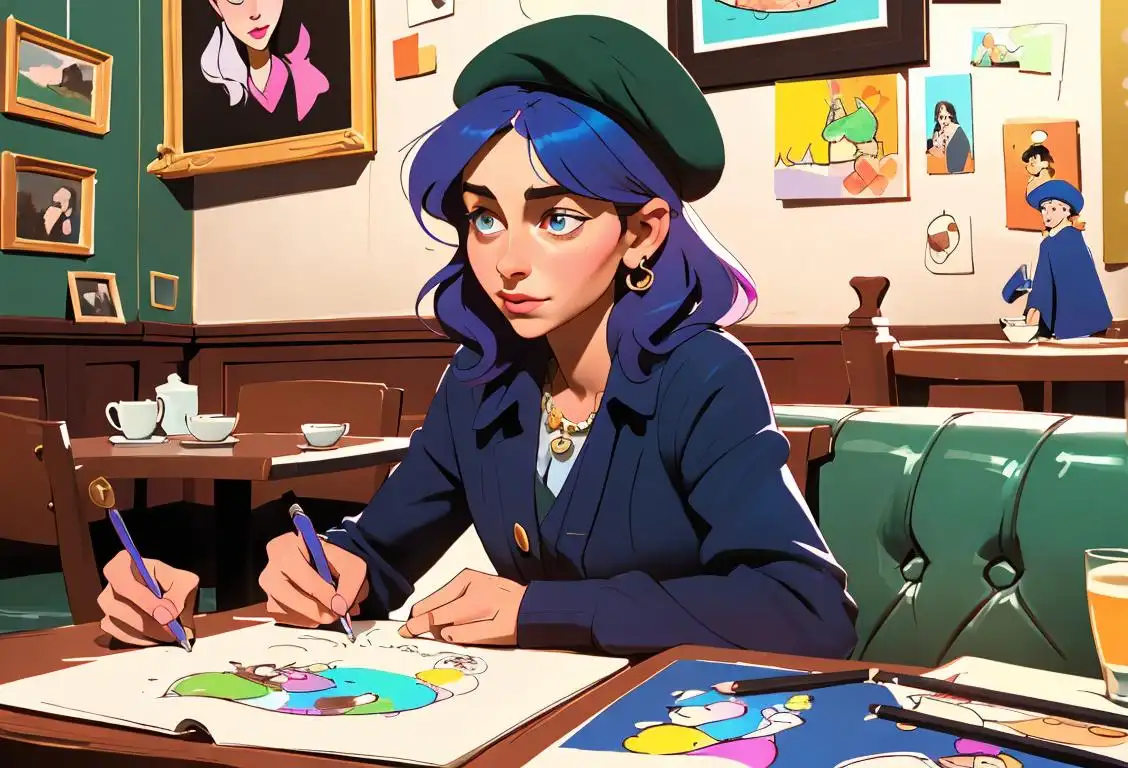National Letterpress Appreciation Day
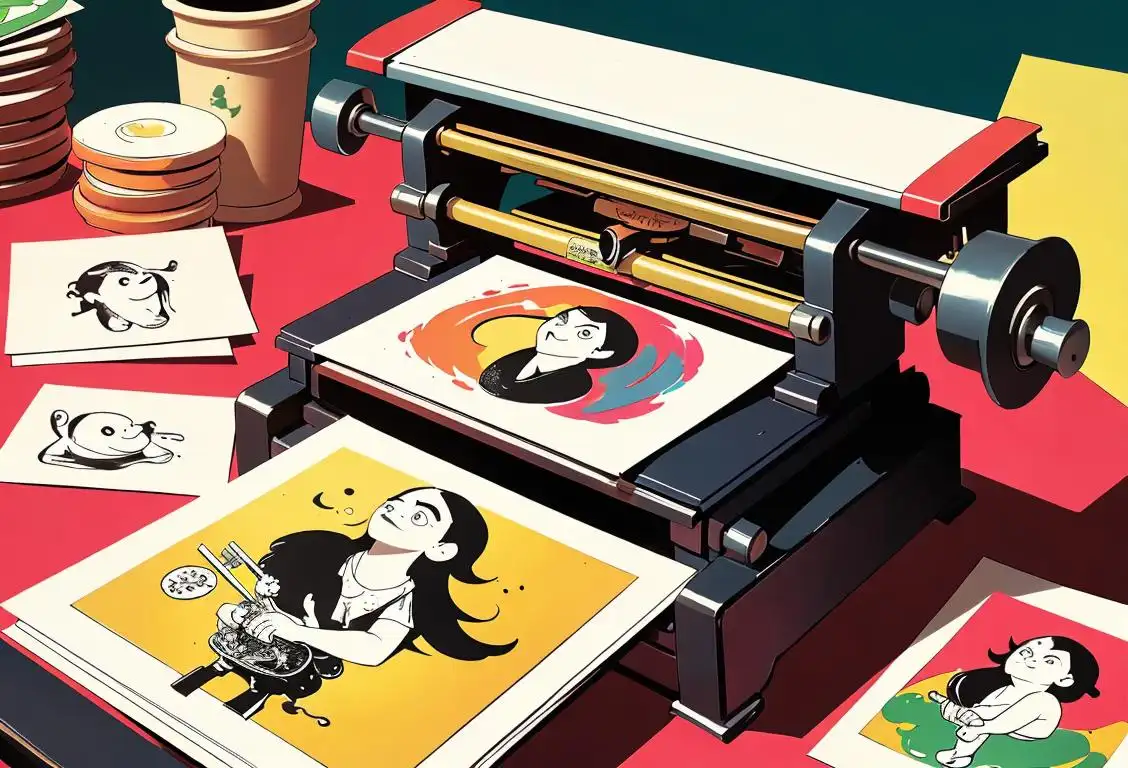
Welcome to the whimsical world of National Letterpress Appreciation Day! Today, we celebrate the glorious art of letterpress printing, a technique that has been delighting eyes and fingertips for centuries. Get ready to dive into the fascinating history of this unique form of printing and discover why letterpress enthusiasts can't help but feel a little ink-spired.
When is Letterpress Appreciation Day?
It's national letterpress appreciation day on the 18th September.
A Brief Journey through the Inked Pages of History
Letterpress, my friend, is not just any kind of printing. It's a centuries-old craft that has stood the test of time, emerging as a beloved art form in the digital age. Originally developed by Johannes Gutenberg in the 15th century, letterpress revolutionized the spread of knowledge by making books more accessible and captivating.
Using metal or wooden type pieces, skilled artisans intricately arranged letters and symbols, meticulously inking them before pressing them onto paper. The result? Bold, beautifully textured prints that offered a tactile and visual feast for readers.
While letterpress was once the dominant printing method, its popularity declined with the advent of modern offset and digital printing. However, a passionate group of artists, designers, and printmakers have kept the craft alive, celebrating the timeless appeal of ink on paper.
Why We Cherish the Crispness of Letterpress
There's just something enchanting about the warmth and character that emanate from a letterpress print. Each impression carries a unique mark of the printer's painstaking craftsmanship, with subtle imperfections adding to the charm. The deep impressions, rich ink colors, and tactile textures create a sensory experience that's hard to replicate.
Letterpress has also found its place in the world of art and design. From wedding invitations to business cards, letterpress prints add a touch of elegance and sophistication to any occasion. The process itself encourages a slower pace and an appreciation for the artistry involved—a welcome respite from our fast-paced digital lives.
Did You Know?
Did you know that the largest letterpress print ever created covers an area of 4,474 square feet? Talk about making a big impression! This record-breaking print was produced in March 2013 by students at the University of Bolton in the UK. Now that's taking letterpress to a whole new level!
History behind the term 'Letterpress Appreciation'
1439
The Invention of Letterpress
In the year 1439, a German goldsmith named Johannes Gutenberg invented the printing press, a revolutionary machine that used movable type. Gutenberg's press made it possible to produce books and printed materials more quickly and efficiently than ever before. This invention marked the beginning of the letterpress era, as it allowed for the mass production of printed materials.
Mid-15th to 19th Century
The Golden Age of Letterpress Printing
During the mid-15th to the 19th century, letterpress printing became the dominant method of printing. It was widely used for printing books, newspapers, posters, and various other forms of printed materials. The letterpress technique involves arranging individual metal or wooden type blocks in a press, inking them, and transferring the inked impression onto paper. Letterpress printing allowed for crisp, clear, and intricate prints, making it immensely popular.
Late 19th Century
Rise of Offset Printing
In the late 19th century, offset printing began to emerge as a new printing technique. Offset printing offered faster production times and more economical printing processes compared to letterpress. As a result, letterpress printing gradually declined in popularity over the following decades. However, it is still valued for its unique craftsmanship and aesthetic appeal.
20th Century
Letterpress Revival
In the 20th century, there was a renewed interest in letterpress printing. Artists, designers, and enthusiasts started appreciating the meticulous process, tactile quality, and artisanal beauty of letterpress. Its distinctive impression on thick, textured papers, along with the rich colors achieved with hand-mixed inks, captivated a new generation. Letterpress appreciation societies formed, workshops started, and letterpress printing was embraced as an art form.
Present Day
Continuing Letterpress Appreciation
Today, letterpress printing continues to be cherished and celebrated by a passionate community of artists, printers, and aficionados. It is not only used for traditional printing but also incorporated into modern design and stationery. National Letterpress Appreciation Day, observed on a specific day, serves as an opportunity to recognize and honor the artistry, craftsmanship, and historical significance of letterpress printing.
Did you know?
Did you know that the largest letterpress print ever created covers an area of 4,474 square feet? Talk about making a big impression! This record-breaking print was produced in March 2013 by students at the University of Bolton in the UK. Now that's taking letterpress to a whole new level!Tagged
art design printmakingFirst identified
18th September 2015Most mentioned on
18th September 2015Total mentions
4Other days
Letterpress Appreciation Day
Packaging Design Day
Cartoonists Day
Coloring Book Day
Cartoonist Day
Drawing Day
Barbershop Quartet Day
Doodle Day
Batik Day
Museum Of Mexican Art In Chicago Does An Annual Exhibit For The Day
